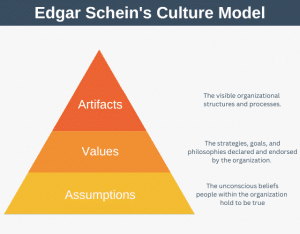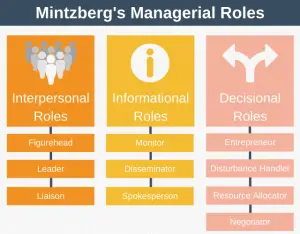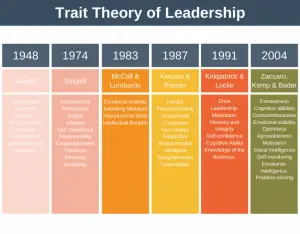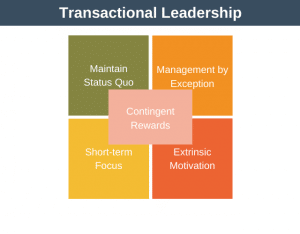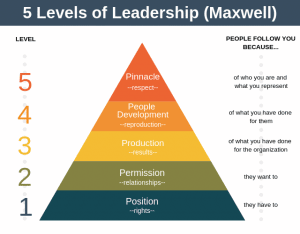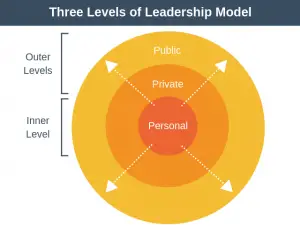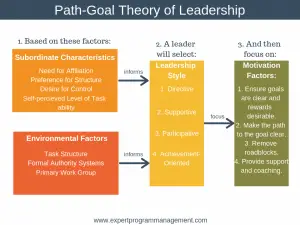Power in the workplace can exist in many different forms. It can exist even without a formal organizational hierarchy in place, and it can exist outside of any formal hierarchy that is in place. One particular type of power is called Coercive Power.
Coercive Power is one of The 5 Types of Power identified by psychologists John R. P. French and Bertram Raven in 1959.
Coercive power is defined as the use of force to get an employee to follow an instruction or order, where power comes from one’s ability to punish the employee for noncompliance. This power is in use, for example, when an employee carries out an order under fear of losing their job or their annual bonus. In effect, they are forced to perform the task.
As you can see from the above definition, coercive power is a formal type of power, and not a personal power. Where does referent power come from? Unlike personal power, coercive power comes from one’s formal authority and ability to punish others. Examples of coercive power include loss of privileges, demotion, loss of bonus, and suspension.
Note that there are two types of coercion – direct and indirect. Direct coercion is a deliberate threat by a leader to elicit a specific behaviour. Indirect coercion is where the threat is perceived by the employee, regardless of whether it is real or not. An example of indirect coercion is where an employee starts to work longer hours in the run up to annual bonus compensation being determined. In this case the employee perceives a threat of not receiving their hoped for bonus.

Each of the 5 types of power have their own pros and cons and can be useful under different circumstances. Although coercive power might seem like something from the industrial revolution, there are situations where it is very useful.
Coercive Power Advantages
The key advantage of coercive power is in its ability to force compliance from employees. As such, it is useful in certain situations, as highlighted below:
- Insubordination: if an employee is consistently late or taking longer than allowed lunch breaks, then coercion could be used to force the employee back into line. The leader could threaten removal of bonus, the use of the capability process, or even immediate dismissal to force the employee to obey.
- Preventing harassment and discrimination: suspension or termination could be used as a threat to ensure that the company’s rules and policies are being followed, including those related to harassment and discrimination in the workplace.
- Turnaround situations: A turnaround situation exists when a company or department needs to be turned around as soon as possible, as otherwise it will go bust or be shut down. It is natural for some members of a team to be resistant to change, but in a turnaround situation there is no time for this. The company needs to change now, and is at risk if it doesn’t. In a turnaround situation the threat of job losses can be a useful tool in getting employees to commit to the new way of working. Coercive power is also useful in the military equivalent of a turnaround situation – where there is imminent danger.
Coercive Power Disadvantages
You should only really use coercive power when you have no other choice and you want to put an immediate stop on negative behaviour. Some of the pitfalls of coercive power include:
- Lowers job satisfaction: people resent it being used on them as they feel under a microscope.
- Backlash threat: there is always the threat of a backlash when using coercive power. Employees may eventually retaliate or seek alternate employment, and high employee turnover is very expensive to an organization.
- Close supervision needed: It is only useful if you as a manager are able to keep a close eye on what’s going on.
- Only works if used sparingly: Coercion as your standard source of workplace power isn’t sustainable in the long term.
- Doesn’t work if you are not able to carry out the threat: In this case the threat is counterproductive, and your authority as a leader can be undermined.
- Reduces innovation: as everyone is under a microscope under threat of punishment there is no room for creativity and innovation.
Summary
Coercive power comes from one’s ability to punish a subordinate if they don’t perform as instructed. Whilst it can be very useful in certain situations, it should always be used very sparingly and only be used when there is no other option, as there are a number of drawbacks associated with it.
Image credit: Javier Leiva

